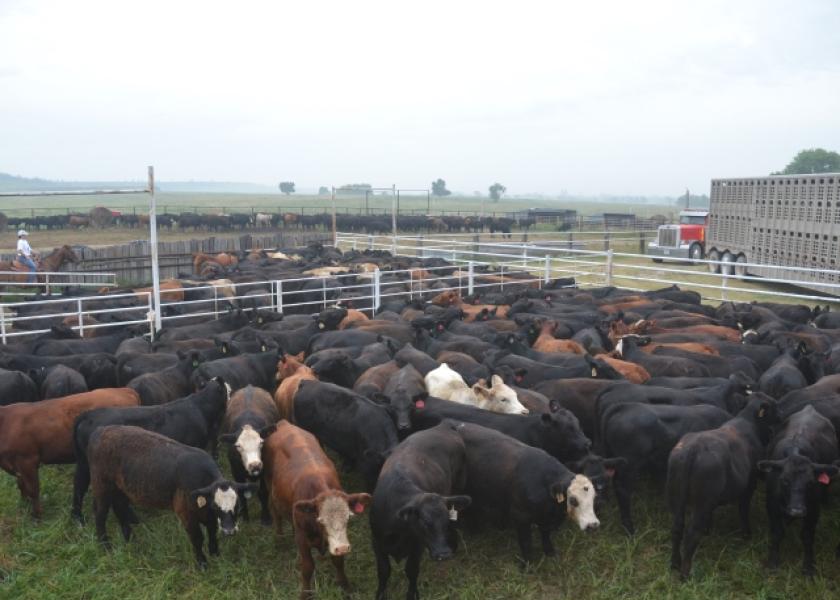The Balance of This U.S. Cattle Inventory Cycle May be Unusual

From one bottom to the next, the last 7 U.S. cattle inventory cycles have averaged 11.9 years (from 10 to 15 years). The most recent low point was the January 1, 2014 count (all cattle and calves totaled 88.5 million). After five consecutive years of cyclically larger U.S. cattle numbers (beginning with the January 1, 2015, count by NASS), the next few years of the current cycle may be unusual. The largest annual increase in the total U.S. cattle count occurred with the January 1, 2017 count (increased 2.7% year-over-year) and the biggest yearly gain in cow numbers was as of January 1, 2016 (up 3.1%). Since then annual growth rates have been moderating. At 94.8 million cattle, the January 1, 2019 inventory was the largest since 2008. The last cyclical peak was 2017’s count (96.6 million cattle and calves).
Into 2019, the build-up phase of the current cycle could be classified as “typical” when measured against history. That is, since the late 1970s, the number of years of national herd growth (5 to 7 years) was normal, and the peak will most likely be less than that in the prior cycle. However, based on recent economic trends, the next few years, the flattening and then liquidation phase of the cycle (5 to 8 years), looks to be somewhat unusual. The LMIC forecasts that the herd as of January 1, 2020, will be about unchanged year-over-year. But the next few years may have only a slight to negligible downturn in cattle numbers.
This assessment is based on the economics of cow-calf production. Even though cow-calf returns are dramatically below a few years ago, most producers are not faced with financial stress to force substantial breeding herd reductions. That is a contrast to most recent cattle cycles. In several areas of the U.S. drought, floods, and/or brutal winter weather has impacted and could continue to ratchet-down cowherd numbers. But the economics suggest the most modest cyclical herd downturn since the 1958-67 inventory cycle.







